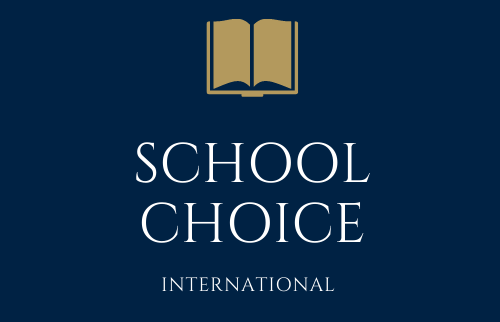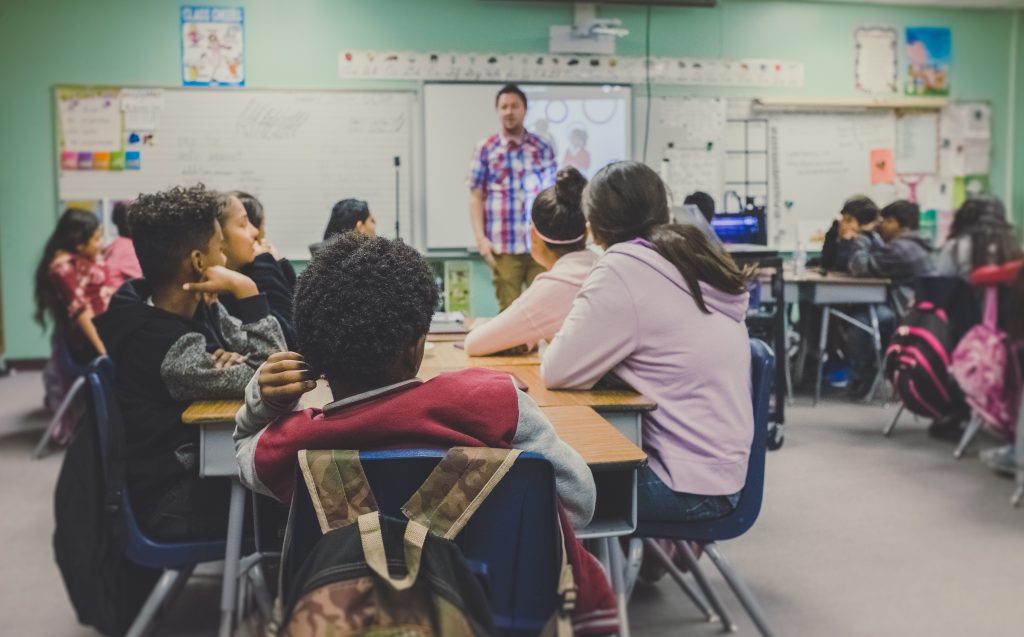According to the National Center for Education Statistics (NCES), approximately 57 million children enrolled in public, private, charter, and parochial schools in the United States, marking the largest student population to date.
As a parent, you’re always trying to keep your children’s best interests at heart, especially when making decisions for their futures. When deciding between a public and private school, there are abundant considerations to sort through, with cost topping the list for many families. With that in mind, here are a few factors to consider before defaulting to the public school system.
Curriculum
Since private schools are not under state supervision, they often offer unique curriculums. Private schools typically offer advanced programs in the sciences and arts. In Los Angeles, Milken Community Schools invested over $6 million to develop one of the top private school advanced science programs. Meanwhile, public schools are often forced to focus on core classes—typically at the expense of the arts and humanities—due to budget cuts and state-mandated testing.
Private high schools also tend to prioritize preparing students for college. For instance, Saint John Vianney High School, a private Catholic high school, features a student government, campus ministery, and a diverse range of honors societies. Many private high schools also offer a wide array of extracurricular activities, advanced placement classes, and college credit programs.
While some public schools prepare students for college, others do not. According to a recent study, A-rated public schools in New York City showed remediation rates of over 50 percent for graduates attending the City University of New York.
Because private schools prepare students for college, private high school students often score higher on standardized tests compared to public school students. A recent recap of graduates revealed that private school students scored over three points higher on the ACT than public school students. According to NCES, similar disparities can be found between primary and middle school students. In both mathematics and reading comprehension exams, eighth-grade private schoolers outscored their public school counterparts by 18 points.
Class Size
Public and private school class sizes are considerably different. According to NCES, class size averages 25 students per class in public schools. In urban public schools, class sizes can be as large as 30 students or more.
In private schools, class size averages 19 students per class. Some private schools try to maintain an average of 10 to 15 students per class. Private schools with smaller class sizes often offer electives, allowing your child to receive personalized attention and more opportunities to participate in classroom discussions.
Private schools also have a better student-to-teacher ratio of 12.2 students per teacher, while public schools have 16.1 students per teacher. The better student-to-teacher ratio allows private schools to create a more immersive environment for students. Additionally, teachers can assign students more complex assignments and provide feedback for each student.
Religion
As outlined by the Constitution, the separation of church and state is guaranteed, meaning public schools are prohibited from introducing religion into the classroom. Consequently, the majority of private school students (79 percent) attend a religiously affiliated private school.
According to the National Catholic Educational Association, 1.9 million students are enrolled in Catholic institutions, marking the largest religious affiliation in the private school sector. Additionally, 18.4 percent of all students enrolled in private schools were non-Catholic, a number that has grown steadily over recent years.
Since private schools don’t have to follow state laws, they can offer specialized programs. Some parochial private schools offer religion and ministery classes, while other private schools may provide remedial programs to foster learning.
When choosing between a private or public school, make sure to keep your children’s best interests at heart. Regardless of what kind of school you choose, take the time to make sure your children are prepared for the upcoming school year. Whether that involves going to replace an iPhone screen or buying a new backpack, making sure your children are ready for school can contribute to their success.

